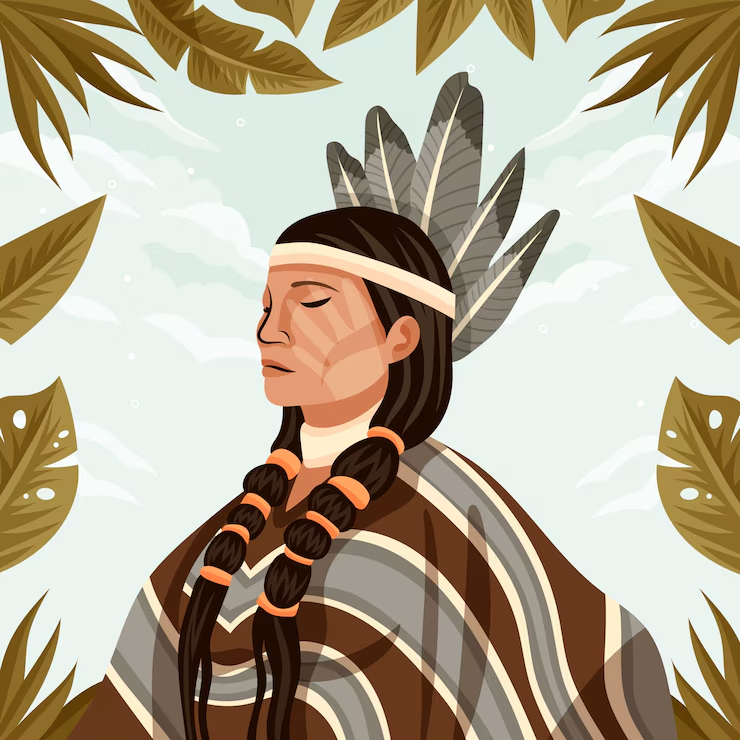The 1955 Disney princess film, “Pocahontas”, was once praised for its lush animation, strong female protagonist, and environmental message, however it has been ridiculed by a majority of viewers for several reasons. The bulk of people’s issues with the movie stem from its ties with genuine history and actual people.
The problematic portrayal of history and culture that has sparked criticism and reflection in the decades since. While many people grew up enchanted by the film, Native communities and historians have pointed out several critical issues with how “Pocahontas” tells its story.
The film adapts the life of Pocahontas as a young woman’s love story with the English settler, John Smith; when in reality, Pocahontas was only twelve years old while Smith was in his thirties. Their dynamic never showed signs of romance, so this picture erases the power dynamics that were in play and the colonial violence that shaped their interactions.
There is also a lacking focus on the issues of Europe’s brutal impact on the indigenous people, especially Pocahontas’ abuse that ranged from kidnapping to forced marriages.
While the film is not without its many challenges, there was one feature that has continued to shine under all of this scrutiny. One of the seven original songs has remained iconic, that song being “Colors of the Wind”.
“Colors of the Wind,” quickly became a defining part of the film, and one of the most iconic songs in Disney history. Written by lyricist Stephen Schwartz and composed by Alan Menken, the song went on to win an Academy Award, a Golden Globe, and a Grammy.
This song is not only successful because of its awards, but the powerful message about nature, perspective, and respect.
At its core, the song is a plea for empathy. In the movie, it is sung to John Smith from Pocahontas as a way of challenging his colonial worldview and his assumptions that his people were superior and more advanced than the Indigenous they were stealing from.
The lyrics pushed back against the notion that nature was something to be conquered, “You think you own whatever land you land on / The Earth is just a dead thing you can claim.” The line redefines what our relationship with Earth is supposed to reflect, not one of control and domination, but connection.
When remembering the audience of this film, young kids, the value it has on being able to see the world through someone else’s eyes is much more impact. It encouraged the understanding that every creature and every culture has its own wisdom and value when our minds were easily influenced and mold-able.
“Colors of the Wind” was also ahead of its time in mainstream media when it came to environmental consciousness, “How high does the sycamore grow? If you cut it down, then you’ll never know.” It brought up the idea of losing the ability to see nature’s capabilities if we destroy it in a time where environmental education was not as focused on.
The song still continues to resonate and inspire current listeners with its messages. We currently face a time where the political climate has separated us, detaching people from empathy and humility.
The song started trending again earlier this year, specifically on TikTok, as a way to remind people of what it means to truly understand other people and how to treat the Earth. While heartbreaking issues arose, some involving the countries’ involvement with immigration which lead to conflicting views and arguments, the song served as a reminder to reflect on the fact that we are all connected and shouldn’t view each other as either “civilized” or “savages” but carry respect for one another.

